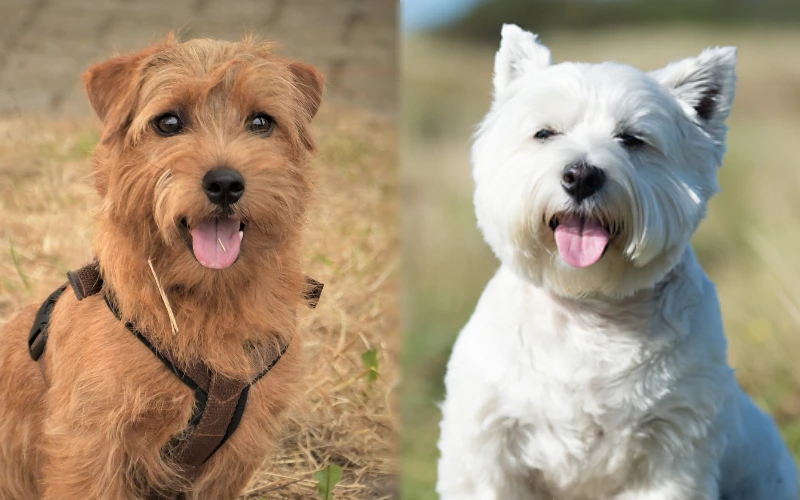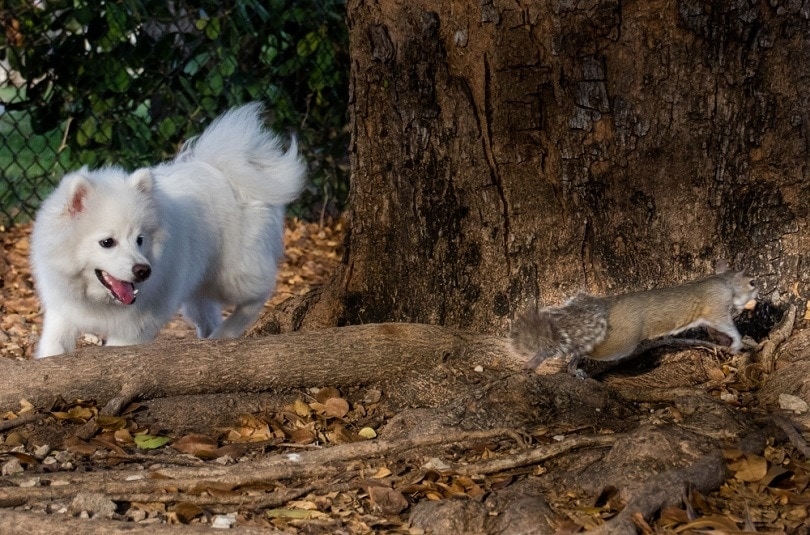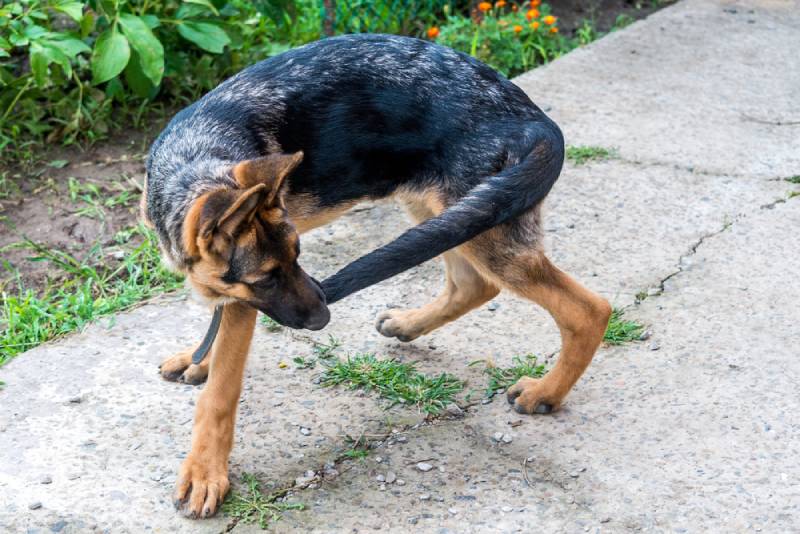Can Dogs See in the Dark? Canine Night Vision Explained

Updated on
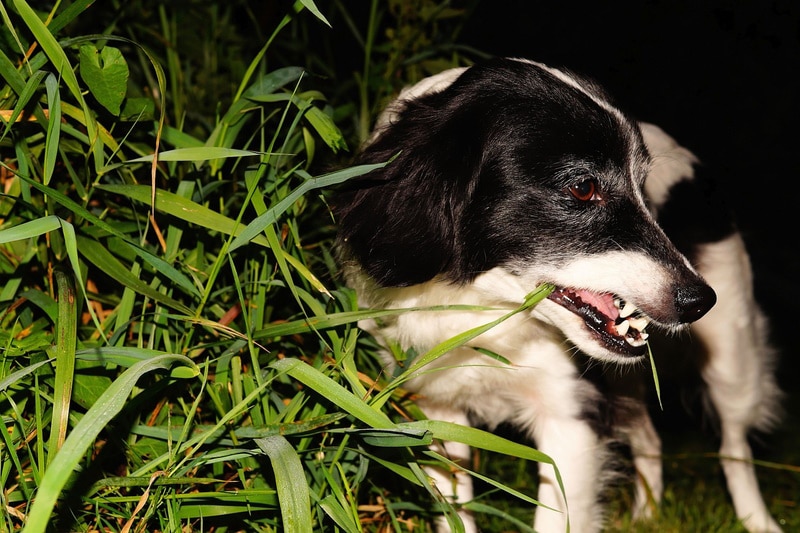
If you have noticed how swiftly your furry friend moves around in the dark, you probably have many questions about the strength of its vision. Can it see in the dark? Do dogs have night vision?
A dog’s eye has many of the same features as a human’s. However, several structural and anatomical differences, like a larger pupil, a rod-dominated retina, and a tapetum lucidum, give it better nocturnal vision.
These additional features don’t work like night vision goggles. They merely make a dog’s eye more sensitive to the available light. Even with nocturnal vision, your furry friend cannot see in pitch darkness, although it can still get around because of other senses. Some light must be present in the first place for it to be seen.
Read on for in-depth facts about your dog’s night vision. We will also analyze its eye anatomy to understand why it can see in the dark.
How Can Dogs See in the Dark?
The unique anatomy of a dog’s eyes makes it see the world from a different visual perspective. Three main features enable your furry friend to see in the dark.
1. More Light Sensitive Rods
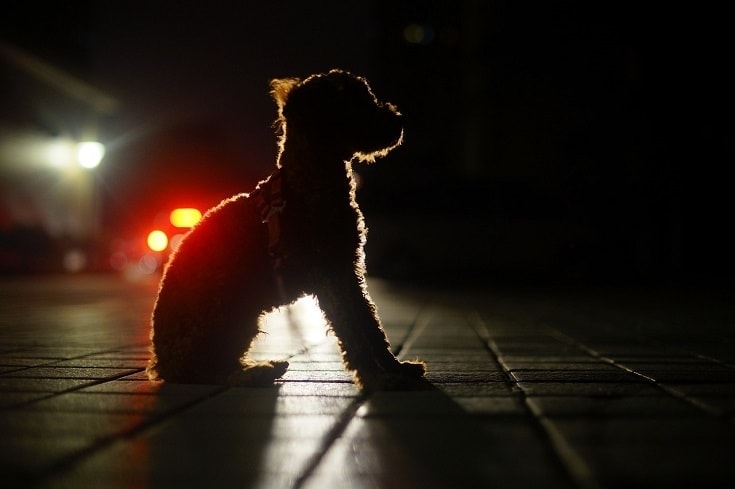
Like a human’s retina, a dog’s retina (the light-sensitive part of the eye) has photoreceptor cells known as rods and cones. Photoreceptors respond to light and send visual signals to the brain, which then translates these signals into the images a dog can see. A human’s retina has more cones than rods, while a dog’s retina has more rods than cones.
Rods function better in dim light (this is called scotopic vision) and enable the eye to detect motion. On the other hand, cones work best in bright light (photopic vision) and give the eyes detailed sight and color perception. Rods are more numerous than cones in the periphery of the human’s retina as opposed to the fovea, the central part of the retina, which is rod-free and only contains cones. In the case of dogs, the retina has more rods than cones throughout with a maximum ratio of 41:1 and a minimum of 23:1.1
2. Tapetum Lucidum
There are also anatomical differences that support a dog’s better night vision. Dogs have a tapetum lucidum. The tapetum lucidum is a retroreflector membrane located beneath the retina.2 This structure gives light-sensitive retinal cells (photoreceptors) a second chance for stimulation. This enhances vision in poorly lit areas.
3. Extra-Large Pupils

Dogs, irrespective of breed, have adorable eyes that have notably bigger pupils. This feature is meant to do more than ensure your furry friend gets the last bite of your sandwich. The larger pupils allow more light to pass through them and into the retina.
A larger pupil and more rods give dogs a significant advantage when strolling around in dark areas. The retina receives more light, and the rods help to convert even faint hints of light into nerve signals. This gives your dog better night vision. It can even differentiate between light, shadows, and moving elements.
Top 4 Tips to Protect Your Dog’s Vision
Although the leading cause of night blindness in dogs is hereditary,3 eye problems can also make your furry friend struggle to see in the dark. Most canines lose their night vision during the early stages of blindness but may still get around well-lit areas.
Here are simple tips to protect your pet’s vision and ensure it leads a happy and healthy life.
1. Check Your Dog’s Eyes Daily
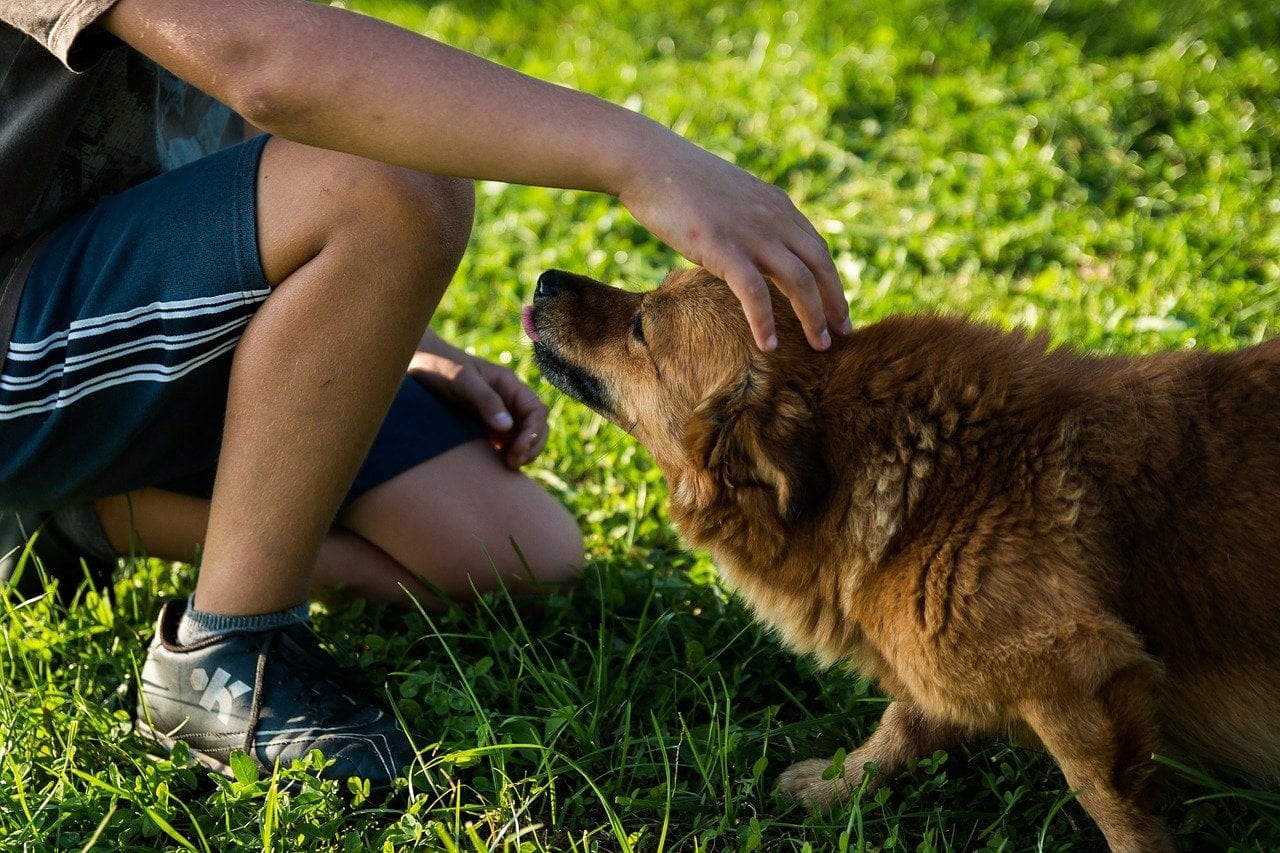
It is good practice to gaze into your dog’s eyes daily during petting or bonding sessions. Look for any anomalies in their color, shape, and size. Also, check for redness, signs of irritation, or discharge, and consult your vet if you notice something off.
Ignoring signs of infection, disease, or injury allows a concern to go from bad to worse. Eyes are delicate, and most problems progress quickly without proper treatment. See your vet immediately if you notice unusual discharge, bumps, lumps, or excess tearing, among other signs of eye problems.
Moreover, acquaint yourself with eye issues prone to your canine breed. Know the signs and symptoms to watch for and schedule routine eye checks.
2. Keep Those Peepers Clean
According to the American Kennel Club, you should clean your dog’s eyes during every bath. However, daily cleaning may also be necessary if you notice dirt, dust, or gunk around the eyes. Use pre-moistened wipes or damp cotton balls and wipe outward.
When bathing your pet, only use shampoos designed for dogs. It is also necessary to avoid getting any soap into the eyes to prevent the risk of irritation. If your dog has long hair around their eyes, keep it away to prevent eye pokes, irritation, and injury.
Most canine eye problems like mild irritation and redness are quick and easy to treat. Often, a few droplets of artificial tears can help remove the irritant. Consult your vet if signs persist past a few hours.
3. Roll Up Your Car Windows

Another tip to protect your pet’s eyes is always to roll up your car windows.
Although it seems fun, letting your doggo poke its head out the window of a moving vehicle can increase the risk of eye injuries. You’ll also expose its eyes to possible irritation caused by flying debris. Only roll down the windows enough to allow proper fresh air circulation.
4. Provide a Diet Rich in Foods That Promote Eye Health
It is vital to provide foods that support healthy eyes and vision. Foods such as cold-water fish, broccoli, kale, carrots, blueberries, eggs, and sweet potatoes reduce the risk of typical concerns like macular degeneration and eye inflammation. They contain essential elements like beta-carotene, lycopene, omega-3, -6, and -9, lutein, zeaxanthin, and anthocyanins, which also promote better night vision.
FAQs
How good is a dog’s vision compared to a human’s?
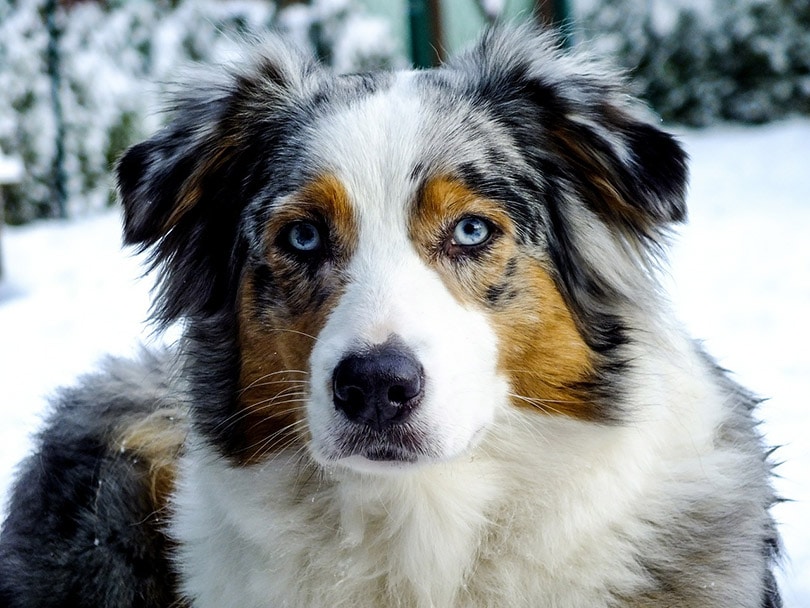
The answer is not simple since they can’t be directly compared. Dogs have worse eyesight in some respects but better eyesight in other areas. People with excellent eyesight enjoy 20/20 vision. On the other hand, most dogs have 20/75 vision. This means that your dog needs to be at least 20 feet away to see an object you can see from 75 feet away. Their ability to see in low-lit areas compensates for this drawback. Your furry friend can see in light five times dimmer than you can.
Which pet can see better at night?
While dogs have 20/75 vision, a cat’s vision is 20/150. Although a canine can see better than a feline during daylight hours, cats enjoy superior nocturnal vision. First, they have vertical-slit pupils that allow more light to enter their eyes. Also, their tapetum lucidum is more light-sensitive, allowing them to see clearly in nearly pitch-dark areas.
Do some dog breeds have better night vision?
Sighthounds have impressive hunting abilities because of their speed and sight. Unlike most dogs that mainly explore the world with their noses, breeds like Greyhounds and Whippets have better stereoscopic (depth perception) and peripheral vision thanks to the location of their eyes. Long-nosed dogs such as Greyhounds and other sighthounds seem to have retained the wolf characteristics of a horizontal visual streak that allows them to see sharply along the horizon. On the other hand, short-nose dogs have an area centralis that, similar to the human fovea, allows for very sharp vision in a small portion of the visual field.
Final Thoughts
Dogs have impressive night vision but cannot see in pitch darkness. However, they can see better in poorly lit areas because of structural advantages like bigger pupils and anatomical perks like more rods and a tapetum lucidum.
So, will your doggo do its nighttime wandering without knocking over stuff if you turn off the living room lights? Absolutely!
Those big ol’ peepers that make you feel warm and fuzzy inside are powerful at night. Also, sight is not a primary sense in most dogs. Their extraordinary olfactory and auditory senses compensate for their nearsightedness and dichromatic color perception.
Even in pitch darkness, your dog can still use its nose and ears to maneuver easily!
Featured Image Credit: Kapa65, Pixabay





